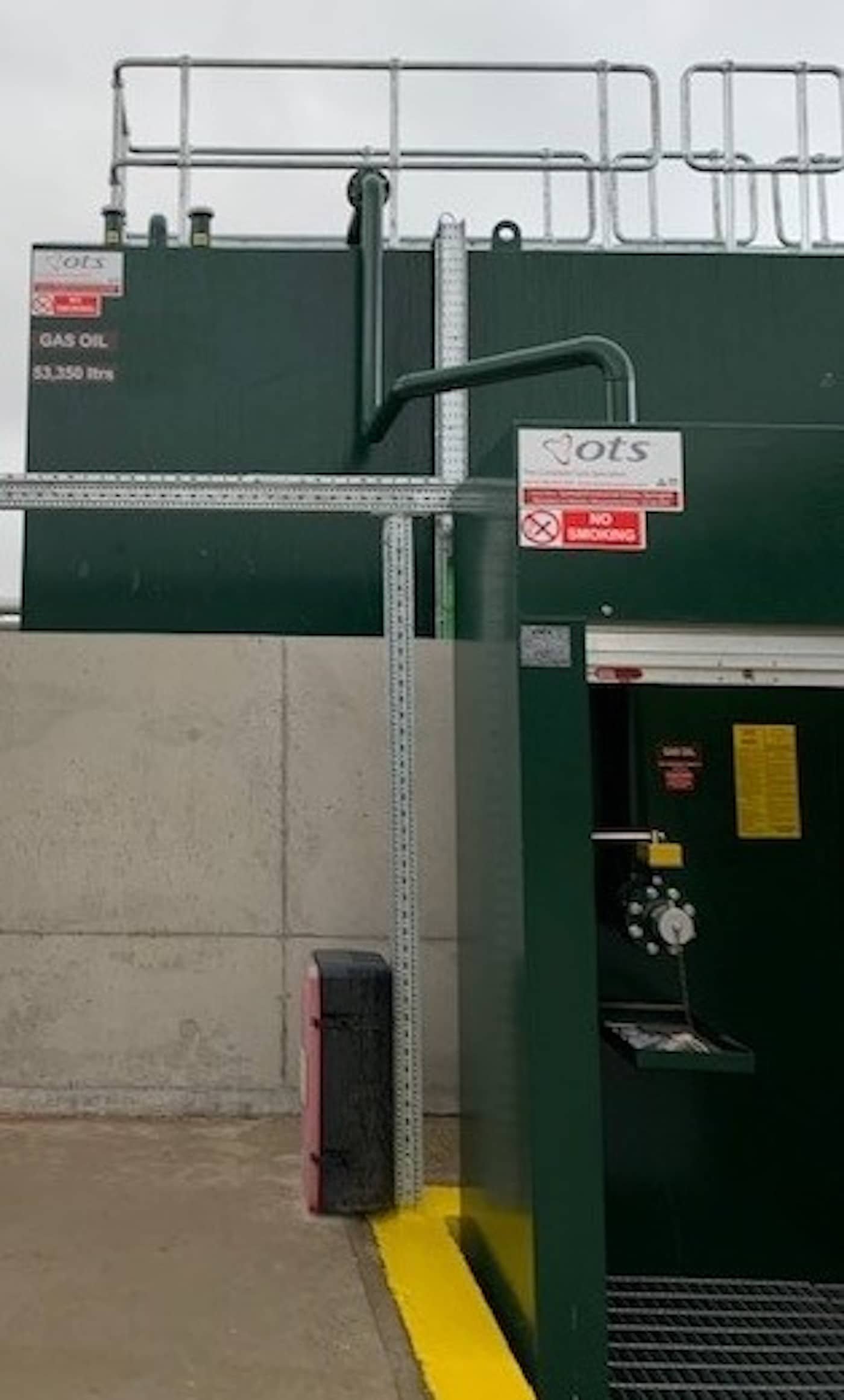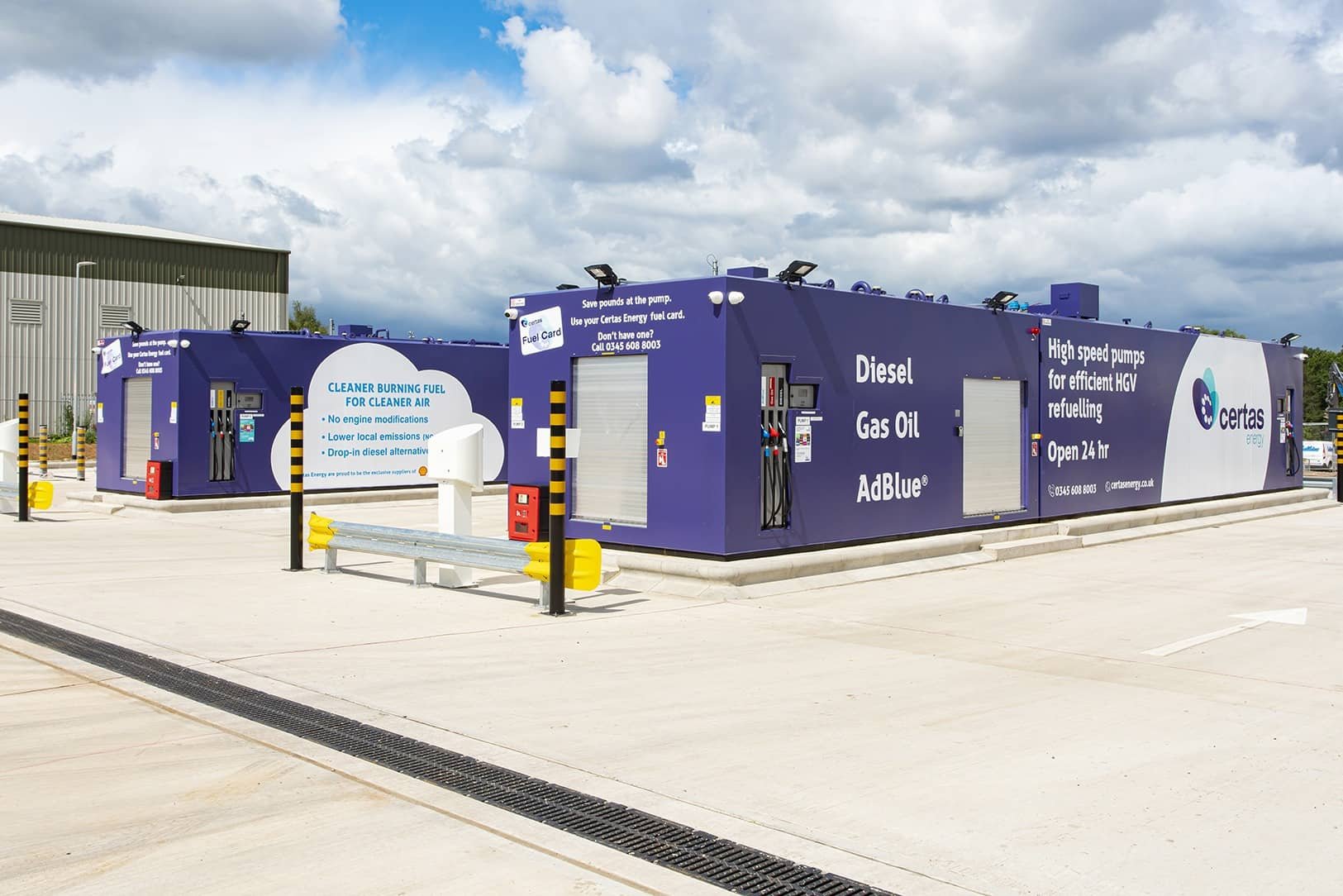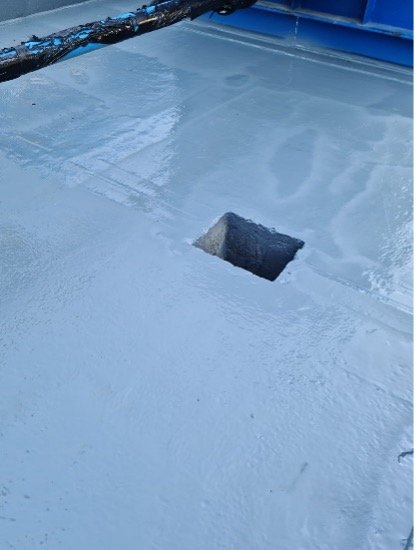Everything you Need to Know About England’s Oil Storage Legislation: The Control of Pollution Regulations
The Control of Pollution (Oil Storage) (England) Regulations, enacted in 2001, are a critical piece of legislation in the United Kingdom aimed at minimising the risk of pollution incidents resulting from the storage of oil. The regulations provide clear guidelines for the storage and handling of oil in England, emphasising the importance of environmental protection and conservation. This article will explore the key aspects of this legislation, its objectives, and its implications for UK business and industry.
These regulations apply to fuel containers with a capacity of 201 litres or more at businesses and public sector buildings, and homes with a capacity of 3,501 litres or more. Storage containers referred to include oil drums, fixed tanks, intermediate bulk containers (IBCs), mobile bowsers, and some generators.
It’s important to remain compliant and up-to-date with regulations to ensure that your fuel operation is safe and legal so read on to get up to speed.
Overview of the legislation’s objectives
The primary objective of the Control of Pollution (Oil Storage) (England) Regulations is to reduce the likelihood of oil spills and leaks, which pose a significant threat to the environment, including watercourses, groundwater, and wildlife habitats. By setting forth guidelines for proper oil storage facilities, the regulations aim to minimise the risk of pollution incidents and to ensure that businesses and individuals take responsibility for the safe storage and handling of oil.
What types of industries and fuel storage facilities do these regulations apply to and are there any exceptions?
The requirements of the Control of Pollution Regulations apply to any oil storage facility where oil is stored in excess of 200 litres, this will include both commercial and industrial operations.
For the purposes of this legislation, ‘Oil’ refers to any of the following substances:
petrol
diesel
biofuels
kerosene
vegetable oils, including any oil derived from a plant such as sunflower oil or plant-based oils used in aromatherapy
synthetic oils – normally lubricating oils like motor oil
oils used as solvents
biodegradable oils – usually lubricating or hydraulic oils
liquid bitumen-based products, for example waterproofing or damp proofing products, or coatings for a road surface
cutting fluids, for example lubricants designed specifically for metalworking processes, that are made from or contain oil as oil-water emulsions
insulating oils, used as electrical insulator and coolant
However, there are some exceptions to these regulations (please see the requirements for storing agricultural fuel oil (https://www.gov.uk/guidance/storing-silage-slurry-and-agricultural-fuel-oil) for example). Please note that road and rail tankers used for transporting oils are also exempt.
Key legislation requirements
The Control of Pollution Regulations outline several essential requirements for oil storage facilities including:
Tank Construction and Maintenance: Oil storage tanks must be constructed from materials resistant to corrosion and designed to prevent the escape of oil. They should also be regularly inspected and maintained to ensure they are in good working condition.
Secondary Containment: Oil storage tanks must be equipped with secondary containment systems, such as bunds or drip trays, to prevent oil from escaping in case of a leak or spill. These containment systems must have a capacity of at least 110% of the tank's capacity, or 25% of the total oil storage capacity, whichever is greater.
Pipework and Fittings: All pipework and fittings should be adequately protected against physical damage, corrosion, and leaks. Regular inspections and maintenance are essential to ensure the integrity of the pipework.
Location: Oil storage tanks should be located away from potential sources of ignition, such as open flames, and at a safe distance from watercourses, drains, and sensitive environmental areas.
Labelling: Tanks must be clearly labelled with the type of oil being stored and the storage capacity to avoid overfilling and confusion.
Design standards for primary containment or tanks
Design standards for primary containment or tanks ensure that to minimise the risk of leaks or spills, oil storage containers are strong and reliable. Key design standards for primary containment or tanks include:
Strength and durability: Tanks must be strong enough not to burst or leak during ordinary use.
Compliance with industry standards: Fixed tanks should meet the following standards based on the material they are made of: a. British Standard 5410 for tanks of any material. b. Oil Firing Technical Association (OFTEC) standard OST T100 for plastic containers. c. OFTEC standard OFS T200 or British Standard 799-5 for metal containers. All OTS Tanks are made to OFTEC standard OFS T200 which includes the bund.
Positioning: Tanks must be placed in locations that minimise the risk of damage by impact, such as away from driveways, tanker turning circles, and forklift truck routes. Alternatively, barriers or bollards can be placed around the tank to protect it from potential impacts.
Remote filling precautions: If a tank is filled via a remote fill pipe, a drip tray should be used to catch any oil that may be spilled during the delivery.
Design standards for bunds
Design standards for bunds, as per England's Oil Storage Legislation, ensure that they provide effective secondary containment for oil storage containers to prevent environmental damage. Key design standards for bunds include:
Impermeability: Bunds must be impermeable to oil and water.
No drainage: The bund should not have a pipe, valve, or opening that allows it to be drained.
Sealed pipework: Any fill or draw-off pipe that passes through the bund base or wall must be sealed to prevent oil from escaping the bund.
Containment of associated equipment: The bund should contain every part of the container and its associated equipment (such as valves), unless the oil being stored has a flashpoint of less than 32℃ (e.g., ethanol). In that case, filters, sight gauges, valves, and other equipment can sit outside the bund.
Capacity: The bund must hold at least 110% of the capacity of the container it is protecting.
Construction materials: Bunds can either be manufactured as part of a tank system (integrally bunded) or constructed from masonry or concrete. Masonry and concrete bunds may require a rendering or coating on the internal surfaces of the base and walls to ensure impermeability.
Enforcement & Penalties
The Environment Agency is responsible for enforcing the Control of Pollution (Oil Storage) (England) Regulations. Failure to comply with the regulations can result in enforcement action, such as the issuance of a prohibition or enforcement notice. In more severe cases, businesses or individuals can face prosecution, which may lead to fines or imprisonment.
To refer to The Control of Pollution (Oil Storage) (England) Regulations 2001 directly, please visit: https://www.legislation.gov.uk/uksi/2001/2954/made
Find out if your fuel storage systems are compliant
Ensure the safety and environmental protection of your operations by booking a Service Inspection with OTS. Our expert team will assess your fuel storage systems for compliance with the Control of Pollution (Oil Storage) (England) Regulations and provide guidance on any necessary improvements.
-
Regular maintenance of fuel storage and distribution systems is essential to ensure that they operate efficiently and without interruption. Our Service Inspections are designed to suit the specific needs of each site, and we offer annual, bi-annual, quarterly, or bi-monthly inspections depending on the requirements.
The inspection checks fall into several categories: General, Fuel Management System, Gauges & Alarms, Pumps & Dispensers, Electrical, Environmental, Non-Destructive Testing (NDT), and Fuel Sampling & Testing. These checks will ensure that your fuel storage & distribution system is compliant and efficient.
Don't risk fines, prosecution, or environmental damage – contact OTS today to schedule your inspection and ensure your fuel storage systems meet the highest standards of safety and regulation.





